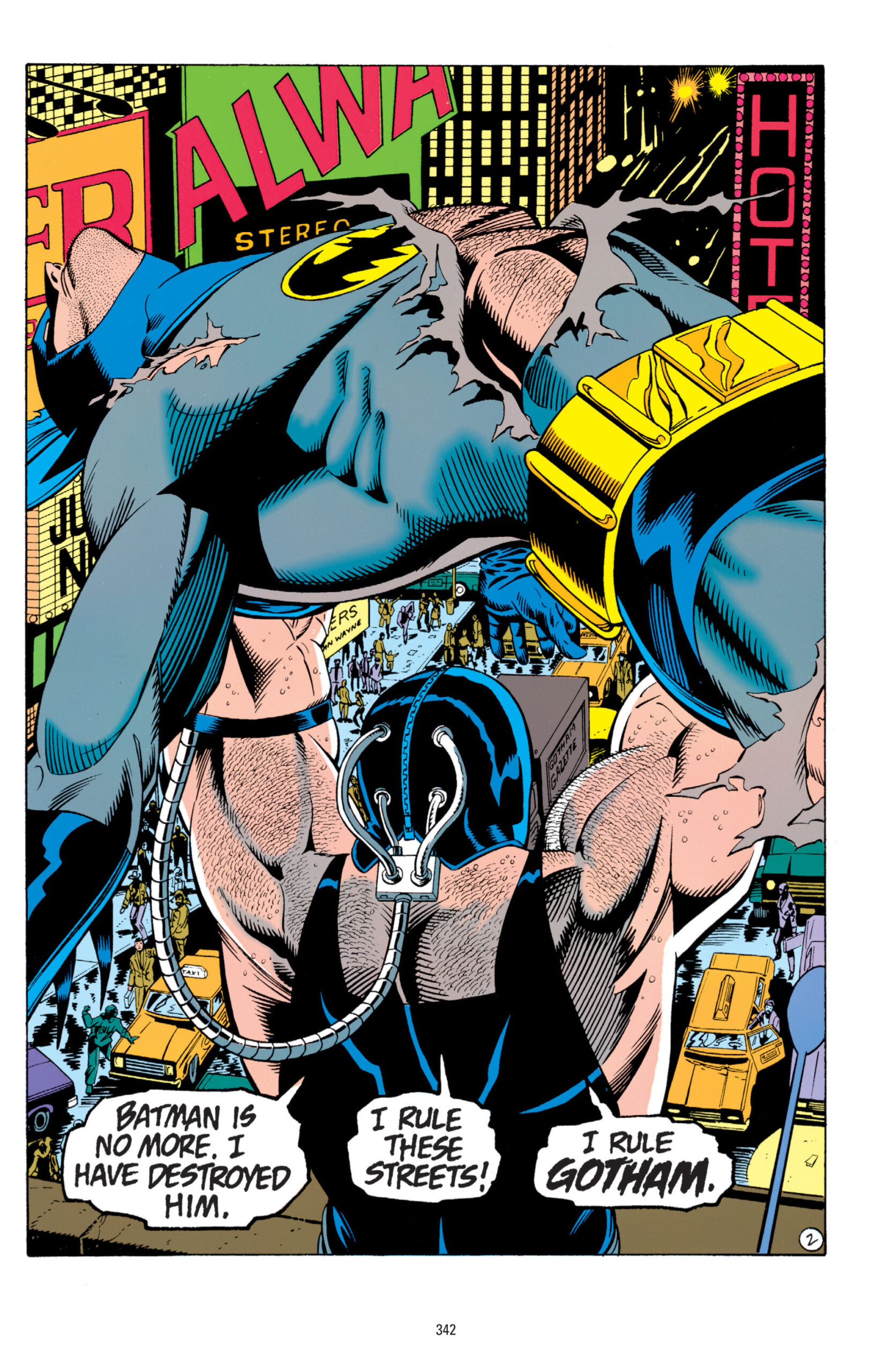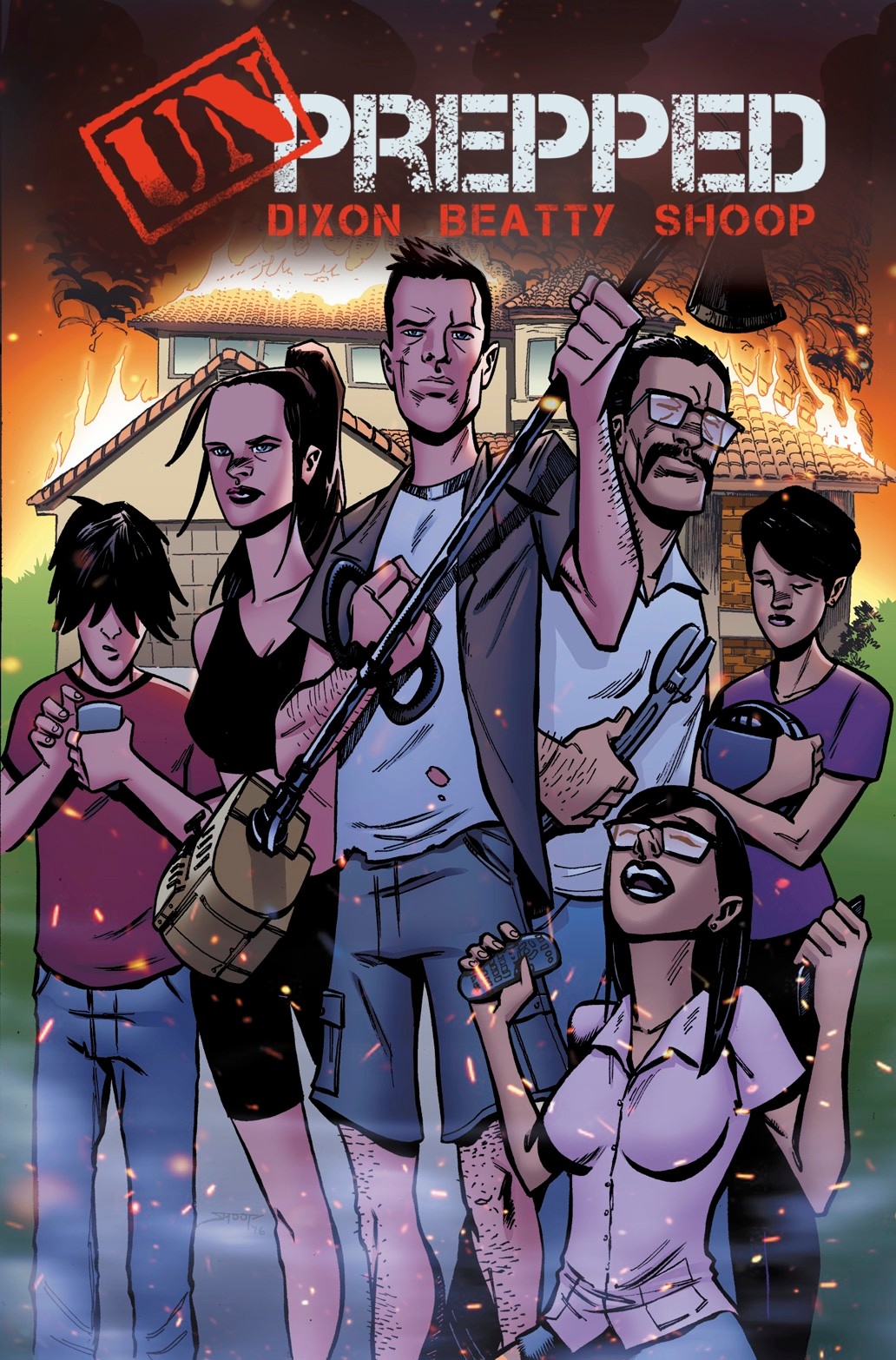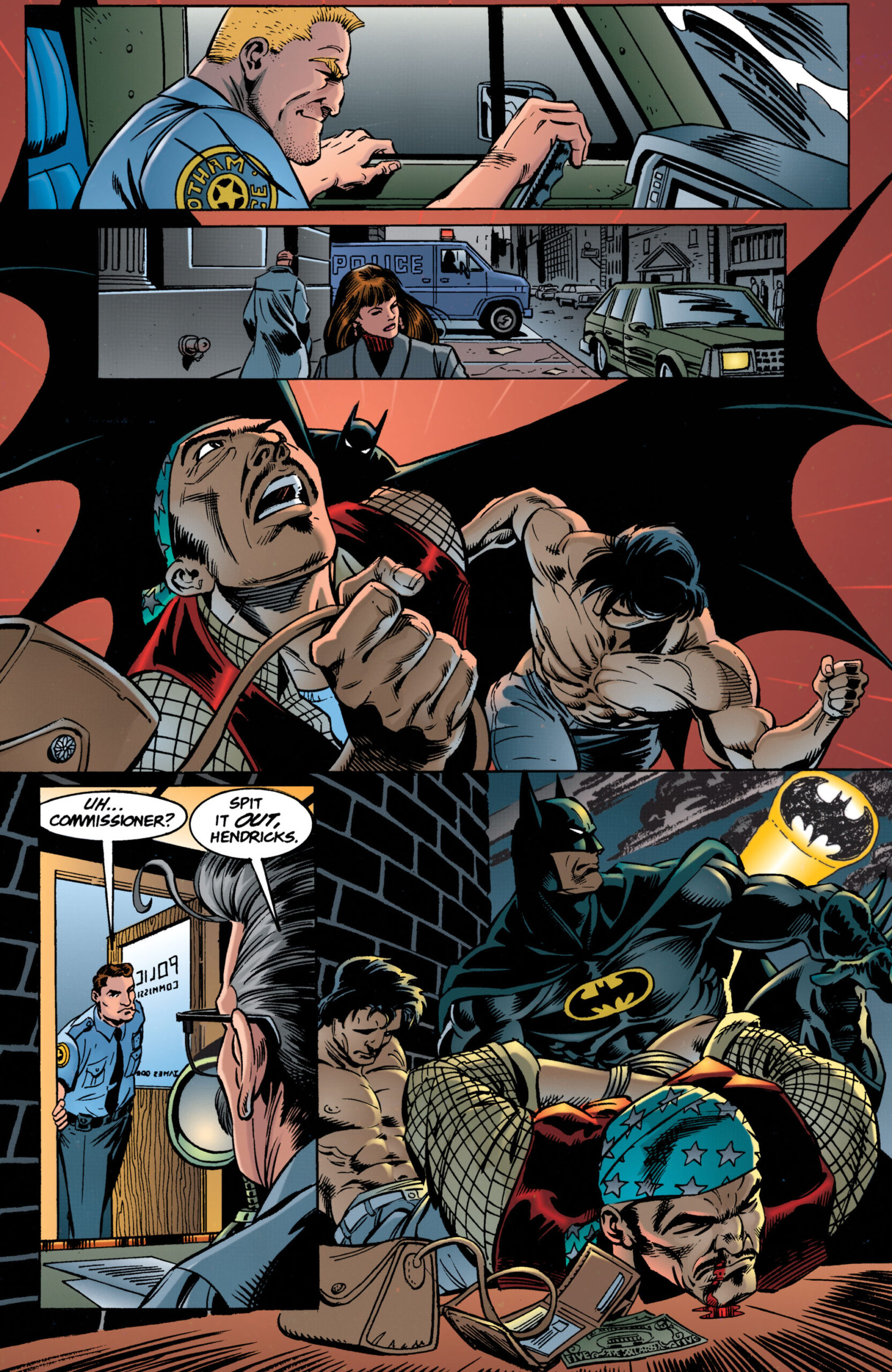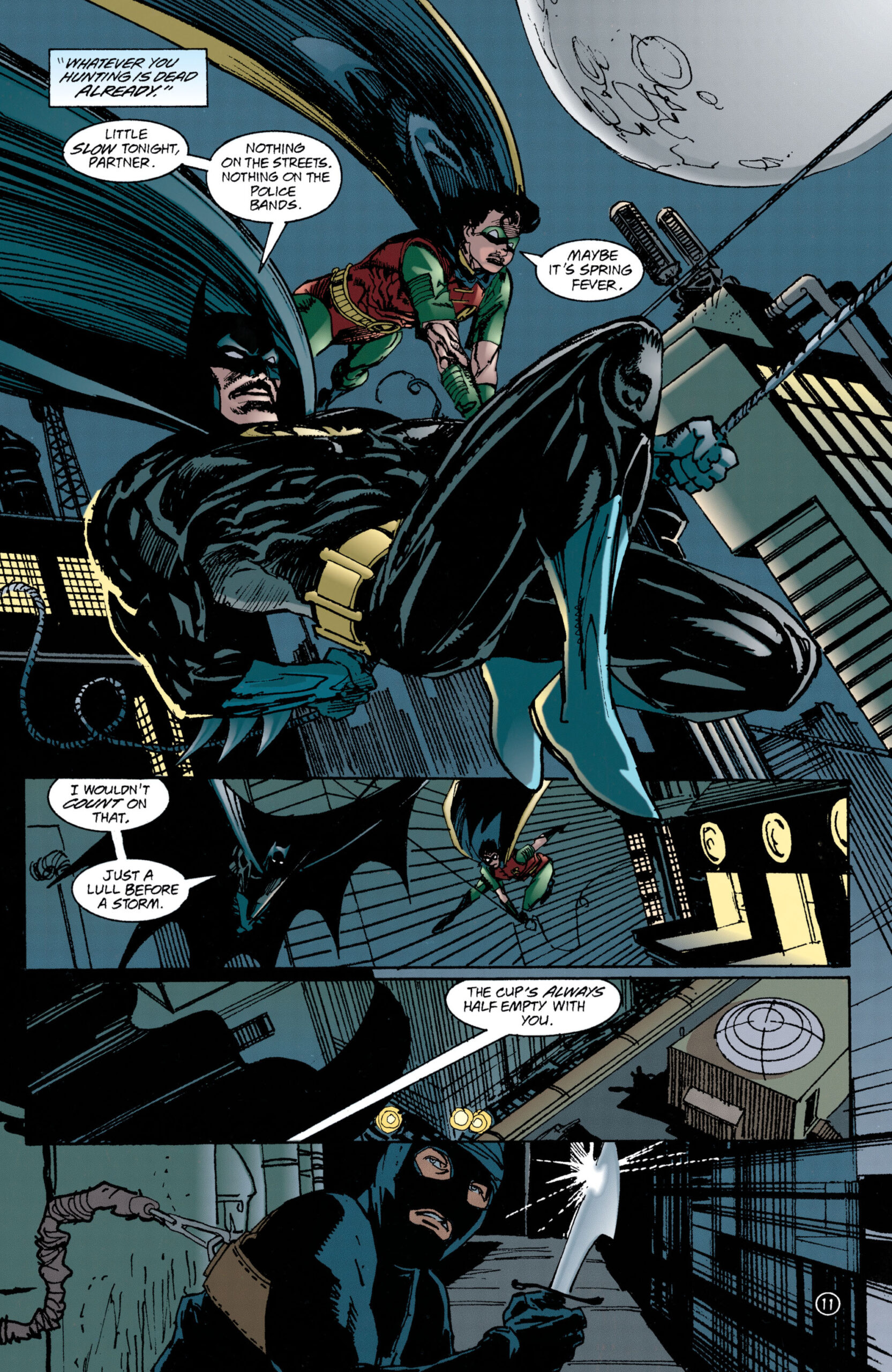Chuck Dixon Reveals The Plot To A Batman Story DC Refused To Publish Because It Wasn’t Diverse Enough

It might come across as strange or impossible when you look at the landscape of comics today, but there was a time when the big publishers had standards. Whether the editors did possess them deep down in their hearts or not, they tried to convey the image of standards and taste. Therefore, there were stories they wouldn’t publish.

These stories weren’t always by controversial writers like Alan Moore, Grant Morrison, or Todd McFarlane either. Sometimes, a veteran Batman writer like Chuck Dixon didn’t catch a break when penning something he initially thought would hit shelves and racks around the country. One Batman story he did was approved but ultimately dumped not too long after.
Fans submitting questions for Dixon’s popular Ask Chuck YouTube series have frequently asked him about the tale. Lately, the topic is coming up more than usual, and as such, Dixon devoted time on episode #165 to explain what happened. It all started after he watched the movie New Jack City, which inspired him to conceive a story similar to The Raid.
RELATED: Rumor: ‘Fantastic Four’ Film Will Feature A Female Herald Of Galactus
Dixon thought, “What if Batman had to infiltrate a housing project that was turned into a fortress by a drug kingpin who took it over?” The story he wrote was called “The Keep,” was going to be drawn by Moon Knight artist Gary Kwapisz, and was green-lit by Archie Goodwin for an issue of Batman: Legends of The Dark Knight.
The plot consisted of Batman following leads on a murder, Dixon explained, that brings him to the project fortified by a gang to protect themselves from rivals and the police. When he gets into a fight with several gang members, the Caped Crusader is shot which makes his mission more complicated. Bleeding and trapped in a maze, there’s almost no way out.

RELATED: ‘Samaritan’ Sequel In Development At Prime Video, Sylvester Stallone Expected To Return
Fortunately, he knocks on a door and is given safe haven by a boy who’s home by himself since his mother works night shifts as a nurse. This gives Batman time to heal and reach his objective. The story was intended as a real-world scenario where Batman was the only white character and everyone else — especially the criminals — were black.
“The problem came that Gary and I wanted to present this as it might have really happened in the real world,” Dixon explained. “And what that meant was… is that Batman is the only white character in the story. Every other character in the story — good guys and bad guys — are African-American. Because Gary and I felt that’s simply the way it would be in Gotham.”

He elaborated, “Gary is from Detroit, I’m from Philadelphia [and] you don’t really have a whole lot of diversity in those low-income housing project buildings. It’s generally one minority or another dominating the entire building, so that’s the way we presented it.”
That’s the part the DC editorial had a problem with. Though Dixon and Kwapisz understood there wasn’t a lot of diversity in the inner cities of Detroit and Philadelphia, for example, Archie Goodwin was apprehensive about showing The Keep to higher-ups in the chain of command. Dixon and Kwapisz were paid for their work, but Goodwin never presented it to his superiors.

Dixon does not have the script for the story anymore but, even if he did, he doesn’t think it would be published. “If we were to present the story today we would probably have been pounded down the street by a mob,” the veteran Batman writer explained.
NEXT: Writer Chuck Dixon Further Clarifies Why Superman Should Not Kill Ever
More About:Comic Books
